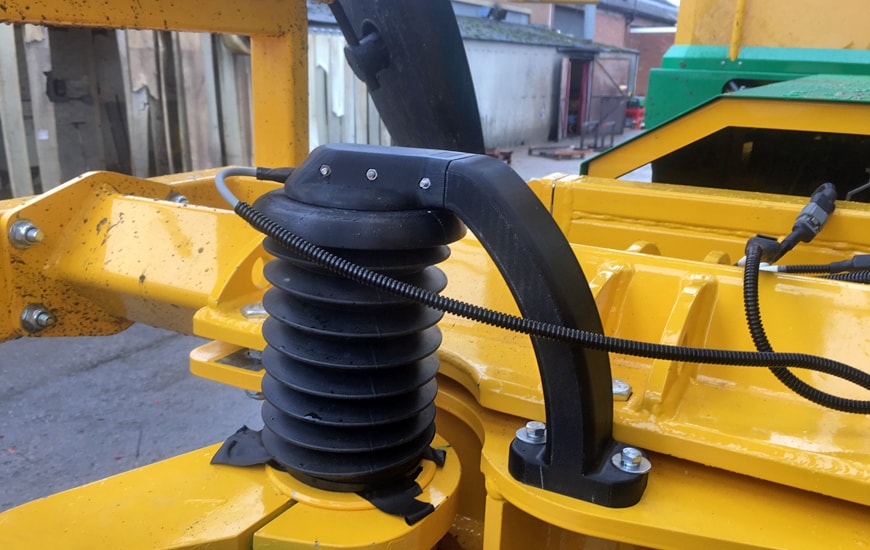Just-In-Time Manufacturing and TPS Supported by 3D Printing
The just-in-time manufacturing methodology has been used to produce various goods for decades. It has become an international standard, increased efficiency and reduces cost. Thanks to TPS (Toyota Production System), whose pillar is just-in-time, luxury goods can be manufactured inexpensively and efficiently. Even though TPS was created more than half a century ago, it hasn’t aged one bit. On the contrary. With the development of new technologies, such as 3D printing, you can transfer the idea of just-in-time manufacturing to another level.
Fighting Wastefulness
The crux of TPS is fully using your resources as a result of eliminating wastefulness and maximizing efficiency. Thanks to pull-based production systems it’s possible to significantly reduce storage of finished products. The challenge still lies in proper management of resources and materials, so that the just-in-time system can work without stoppages. The largest risk involves delays in deliveries, which may be a result of transportation problems or errors in another company.
Thanks to the use of 3D printing for key elements will remove the variable of time of transportation and make the factory independent of its suppliers. This brings about a reduction of price and increases the flexibility of deliveries. It’s also worth noting that thanks to 3D printers engineers can introduce corrections immediately and improve on their products constantly.

Creating Spare Parts at Lightning Speed
Keeping everything moving is an often underappreciated factor in the final cost of the product. The maintenance cost of machines rises dramatically, if there are no spare parts available. To avoid such situations a supply needs to be kept in storage, as delays in deliveries may have catastrophic results. Large storage of spares is therefore a lesser evil and it’s usually connected with an automatic ordering system.
Using 3D printers to create spare parts lets you no longer be dependent on external suppliers. You can create what you need when you need it—immediately. As a result, the cost of storage and of the stored spares drops almost to zero. In other words, you can apply the just-in-time manufacturing methodology to spare parts as well.
Another argument in favor of using 3D printed spare parts is the cost of the parts themselves. Modern 3D printers, such as the Zortrax M200 and Zortrax M300, are highly precise and let you 3D print complex parts on the spot without specialized tools. The materials used for printing are resistant to lubricants and acids, and are therefore suitable for use in machines.
From Mass Production to Personalization and Low-Volume
Thanks to 3D printers there will either no longer be any need for matrices or they will be created quickly and cheaply. As a result, it’s possible to personalize products in low-rate production or even immediately shift the entire value stream to a new product, which up until now was a very complicated process. When using 3D printers, the costs of such an operation are minuscule.
Young consumers are putting an emphasis on individuality. They want to display their individuality through unique products manufactured in low numbers. Thanks to 3D printers such items can be manufactured less expensively than it would be possible with traditional methods while retaining all the benefits of TPS and mass production.
3D printing is taking the economy by storm branch after branch. With devices such as the Zortrax M200 and Zortrax M300 3D printers more and more companies are using these solutions and getting to know their benefits. In the case of TPS-based organizations there is a noticeable decrease of storage requirements and of reliance on external factors for deliveries of crucial parts and materials. If you add to that the smaller costs of 3D-printed elements as compared to traditional ones, you will clearly see that the organizations which implement this solution first will have a huge head start over their competition.